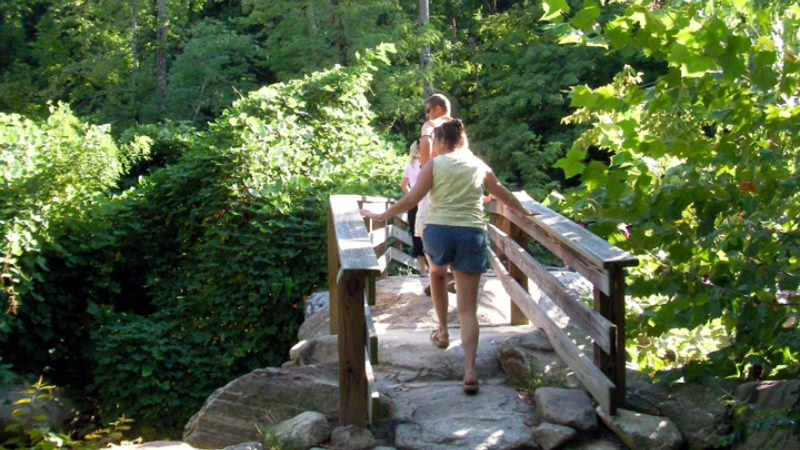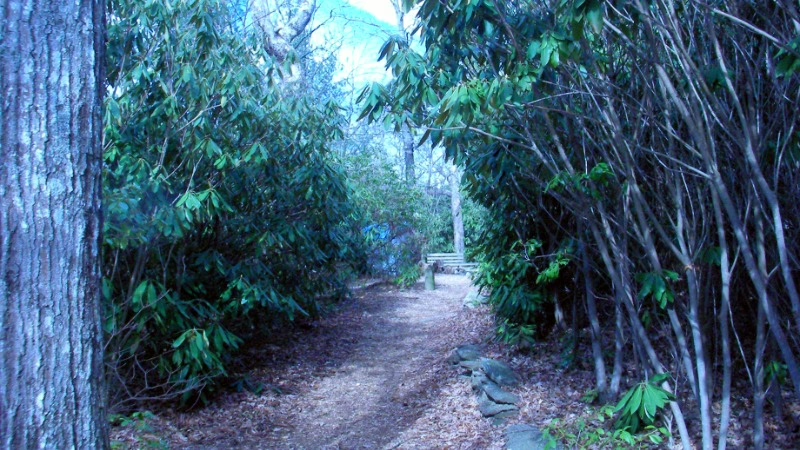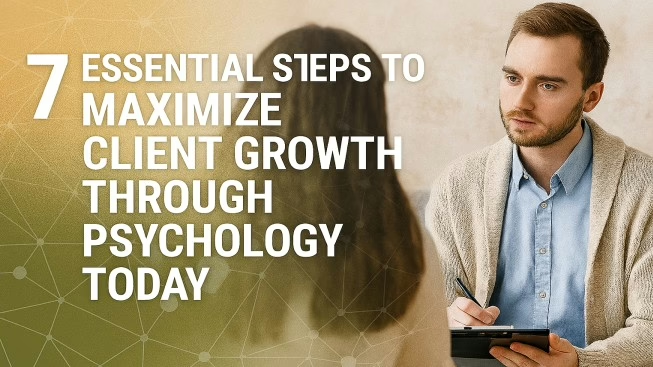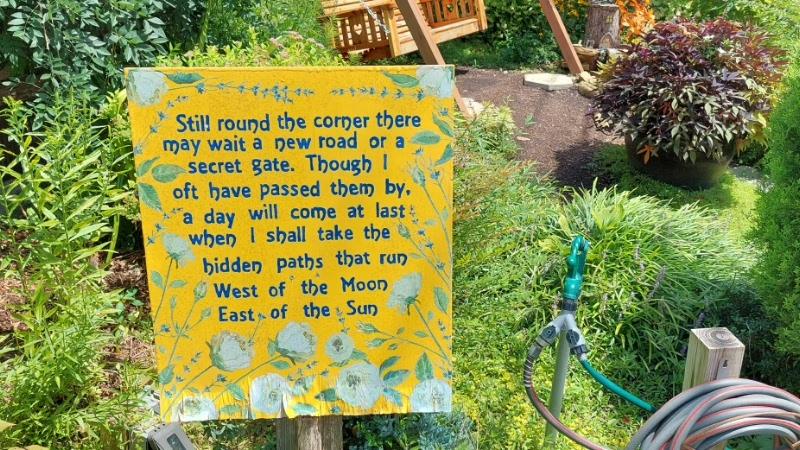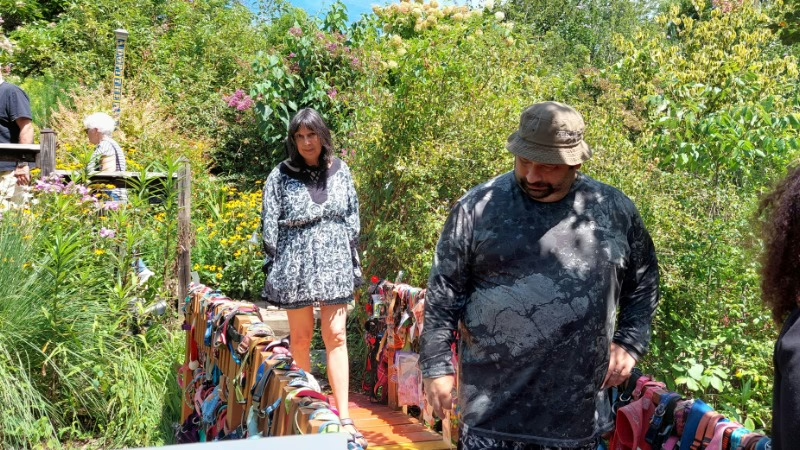
Table of Contents
A digital detox has become increasingly relevant in today’s hyper-connected world. Smartphones, social media, and constant notifications can overwhelm the brain, leading to reduced attention spans, increased stress, and mental fatigue. Engaging in a digital detox by stepping away from screens and immersing oneself in nature offers a restorative approach to improving focus, attention, and overall cognitive functioning. When combined with Mindfulness-Based Ecotherapy (MBE), disengaging from technology becomes a powerful tool for mental clarity, emotional balance, and resilience.
The Need for a Digital Detox
Modern life inundates the brain with a constant stream of information. Emails, texts, social media updates, and streaming content compete for attention, often leaving individuals feeling scattered and fatigued. This digital overload can negatively impact attention, memory, and the ability to concentrate on meaningful tasks.
Setting aside devices like smartphones provides a deliberate pause from these stimuli, giving the nervous system a chance to reset. By stepping away from screens and notifications, individuals reduce cognitive load and create space for reflection, calm, and sustained focus. The detox does not mean abandoning technology permanently but rather establishing intentional periods of disconnection that foster mental clarity.
How Nature Enhances a Digital Detox
Engaging with nature while setting aside handheld technology amplifies its benefits. Natural environments provide a sensory-rich, calming context that promotes restorative attention. Studies show that exposure to green spaces improves working memory, reduces mental fatigue, and increases overall cognitive functioning.
When setting aside your digital devices, activities such as walking through a forest, observing wildlife, gardening, or simply sitting by a river soothingly engage the senses. This gentle, unstructured stimulation, often called “soft fascination,” allows the brain to recover from the intense focus and decision-making required by digital devices. For individuals struggling with attention difficulties, connecting with nature provides a natural anchor for concentration.
Mindfulness-Based Ecotherapy and Digital Detox
Integrating Mindfulness-Based Ecotherapy (MBE) by setting aside your electronic devices enhances the restorative effects of nature. MBE combines mindfulness practices with guided interaction in natural environments. Participants may practice mindful walking, deep breathing, or sensory observation while fully immersed in nature.
This combination encourages individuals to notice their thoughts, bodily sensations, and emotions without judgment. It strengthens self-awareness, reduces impulsivity, and improves the ability to sustain attention. For people who feel overwhelmed by digital distractions, MBE practices provide practical skills to maintain focus and clarity both during and after taking a break from your phone.
Cognitive and Emotional Benefits of Digital Detox with Nature
Taking a break from technology paired with nature exposure offers measurable cognitive and emotional benefits. Individuals report enhanced attention, greater problem-solving ability, and improved working memory after even short periods of screen-free time outdoors. Emotionally, a vacation from social media and other digital platforms reduces stress, anxiety, and irritability, promoting a sense of calm and presence.
Children, adolescents, and adults alike benefit from these practices. For those with attention challenges, such as ADHD, regular breaks from your smartphone with outdoor mindfulness exercises can significantly improve focus, emotional regulation, and executive functioning. Over time, these habits help build resilience and sustainable mental well-being.
Practical Ways to Implement a Digital Detox in Nature
Implementing a digital detox does not require extreme measures. Simple steps include:
- Scheduling daily or weekly periods without screens
- Taking walks in local parks or natural areas without digital devices
- Practicing mindful observation of plants, water, or wildlife
- Combining gentle movement, such as yoga or stretching, with outdoor awareness exercises
Consistency is key. Even short, regular sessions allow the brain to recover, improve attention, and strengthen emotional regulation. Over time, the benefits of disconnecting digitally and reconnecting with nature accumulate, promoting long-term mental clarity and resilience.
Conclusion: Digital Detox for Attention and Well-Being
A digital detox that incorporates nature and mindfulness provides a holistic approach to improving attention and cognitive function. By intentionally disconnecting from screens and engaging with the natural world, individuals reduce mental fatigue, enhance focus, and cultivate emotional balance.
When combined with Mindfulness-Based Ecotherapy, a digital detox becomes a structured, effective practice for fostering presence, resilience, and cognitive clarity. Stepping away from digital distractions and immersing in nature reminds us that true focus and mental well-being often come from slowing down, observing, and reconnecting with the world around us.
Share Your Thoughts!
What do you think? Share your thoughts in the comments below! And don’t forget to subscribe to our newsletter!

